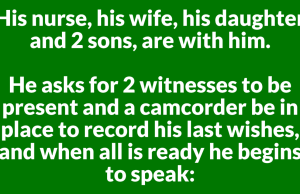
There are many strange things we’ve seen in certain items we have at home. One of those items that you’ve surely seen is some details of women’s underwear that seem meaningless, or perhaps aren’t exactly what you imagined.
The pocket at the bottom.
The pocket in women’s underwear, also known as a double lining, has several hygiene and comfort functions:
Prevents irritation: Prevents irritation of the intimate area caused by rubbing when walking or excessive sweating.
Protects the intimate area: Protects the intimate area from contact with other fabrics, such as polyester, which may not be soft or breathable.
Prevents the passage of bacteria: Prevents the passage of bacteria that can alter the vaginal flora and cause infections.
Aids ventilation: Promotes ventilation and moisture release.
Protects outerwear: Prevents outerwear from staining.
Facilitates washing: The fact that only one end is sewn makes the garment easier to clean.
The material of this pocket is usually cotton, a breathable natural fiber that helps moisture evaporate.
The bow on the front.

Decoration: It can be a decorative element of the garment, especially in the most basic ones.
Covering seams: It serves to hide any errors in the garment’s stitching.
Identifying the front: It helps identify the front and back of the garment, especially in the dark.
Where does this bow come from?
Originally, panties didn’t have elastic and were tied to keep them in place. This form of support became standardized and became a symbol of social status.
The bow on underwear has a historical origin dating back to the 19th century. At that time, underwear was widely incorporated into homes and was designed with a bow to fit the body, similar to bras or corsets. You already know then, it may not be that useful but I think it’s very nice that it’s done as a tribute to the first women’s underwear.















